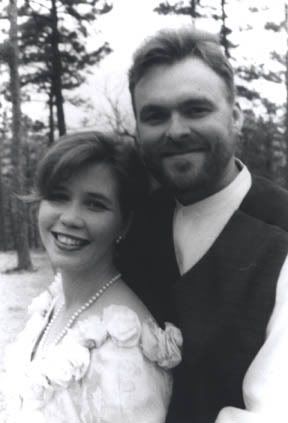
I lied. There were 74 other sprouts I didn't mention. Those were the Silver Queen sweet corn seeds that germinated out of 100, and that's not a bad rate for eight year old seed! If I'm not mistaken... the industry standard minimum germination rate for salable seeds is 80%. So I'll be planting a few rows of this white sweet corn amidst the blocks of a colorful new breed in the making. (More about that later.) The idea is to detassle the white corn plants and allow them to be a blank slate to be pollinated by the many colors of the surrounding plants.
I am soaking some pepper seeds right now. I used hot tap water and just a splash of hydrogen peroxide - maybe 5%. They've been soaking a little over 24 hours, and tomorrow I'll transfer them to a moist paper towel in a sealed container for high humidity. When they begin to sprout they'll be moved to the soilless mix.
It was hard to choose which ones not to sprout, but I decided to go with the following four this year: Emerald Giant - this is a bell pepper that turns red when fully ripe, and is the most successful one I've tried here; Paprika; Tenderness (Nezhnost); and Trinidad Perfume. Paprika should be hot - this is the one used for pepper powder. Nezhnost is one I haven't tried yet, but I think it's a small yet not too hot pepper. Trinidad Perfume looks and tastes much like a Habanero, but hasn't the heat. I was adventurous to grow and eat Habanero peppers in the past, but to me the attraction is the unique fruity taste, not the atomic heat. I hope to find Trinidad Perfume to be the best of both worlds.
One practical dilemma is that the Gerber daisies demand the heat mat for another week, so there is limited space there. I'll be starting eggplant next, and with no more room on the heat mat (the pepper seeds have taken the remaining space) I'll have to find another consistently warm area - most likely the top of the freezer.
You might have noticed a grayish blotch at the top of the above picture of an emerging cardoon seedling. That's the beginning of a patch of mold. This is why you monitor the moisture of your seedlings' environment closely. That particular container was formerly a strawberry container and has a snap-on lid. There are vents at the base and in the lid, but I had left the lids closed to maintain high humidity until first emergence. It seems to have worked just a little too well! Good thing I check them daily, because I was able to spot this potential problem on time and open all the lids - now the mold will lose its perfect environment and fade away.
Some folks have asked me about the growing mix as there is a picture in the previous post showing the components. I actually made one more adjustment after taking that photo to get more fine-sized wood bark. I try a different formula every year, ever searching for a better mix. Currently, my recommendation goes something like this: 1 to 2 parts Canadian peat, 1 part perlite, 1 part vermiculite, 1 part worm castings, and 1 part fine wood bark chips. I really don't think there is a perfect mix for seed starting, but there's only one way to find out!
I put a handful of pelletized organic 5-5-5 fertilizer in the mix, but that could be part of the reason for the mold. In hindsight, the worm castings provide around a 1-1-1 fertilizer, which is plenty for young plants. I've tried many amendments in the past, and I have to say that kelp meal was certainly the most effective. It contains all the micronutrients needed and then some, as well as a good shot of potassium. It doesn't take much, though!




